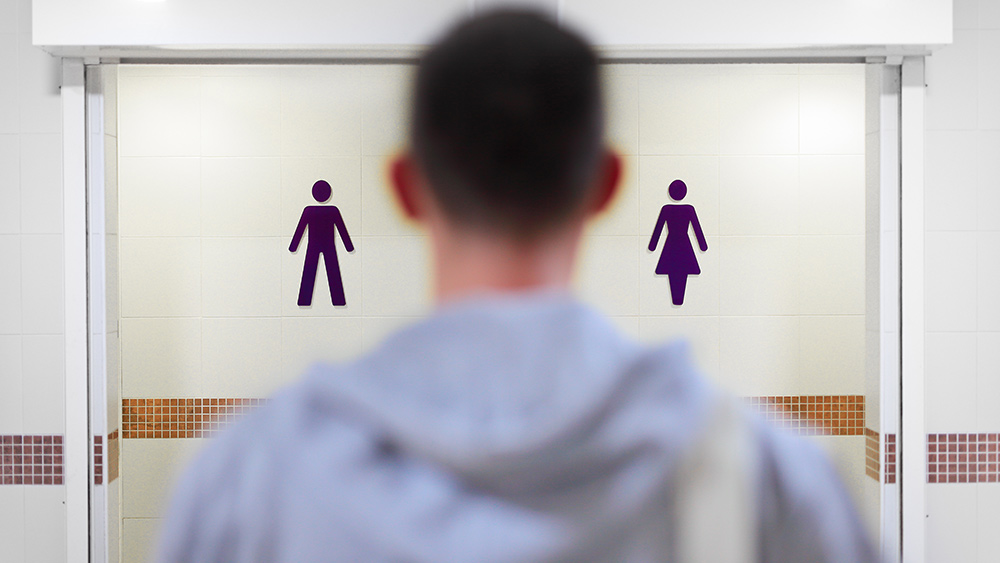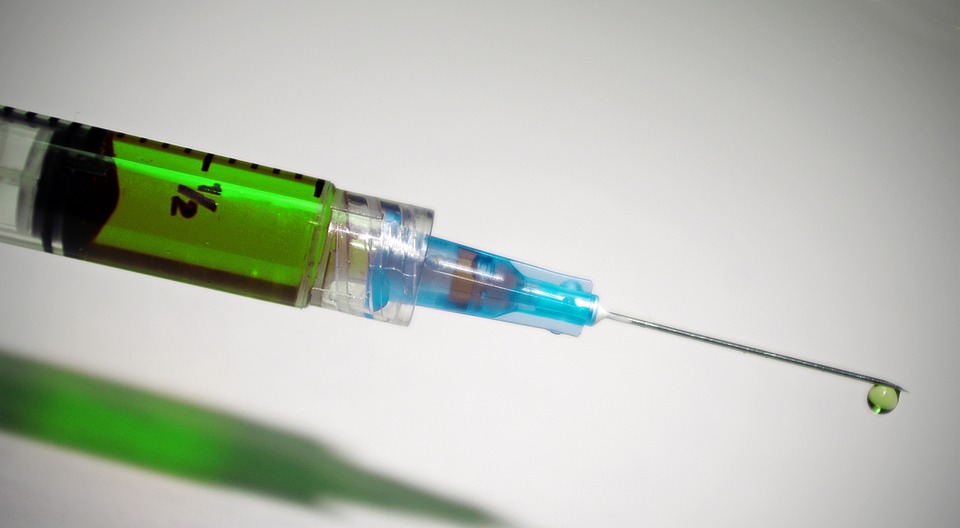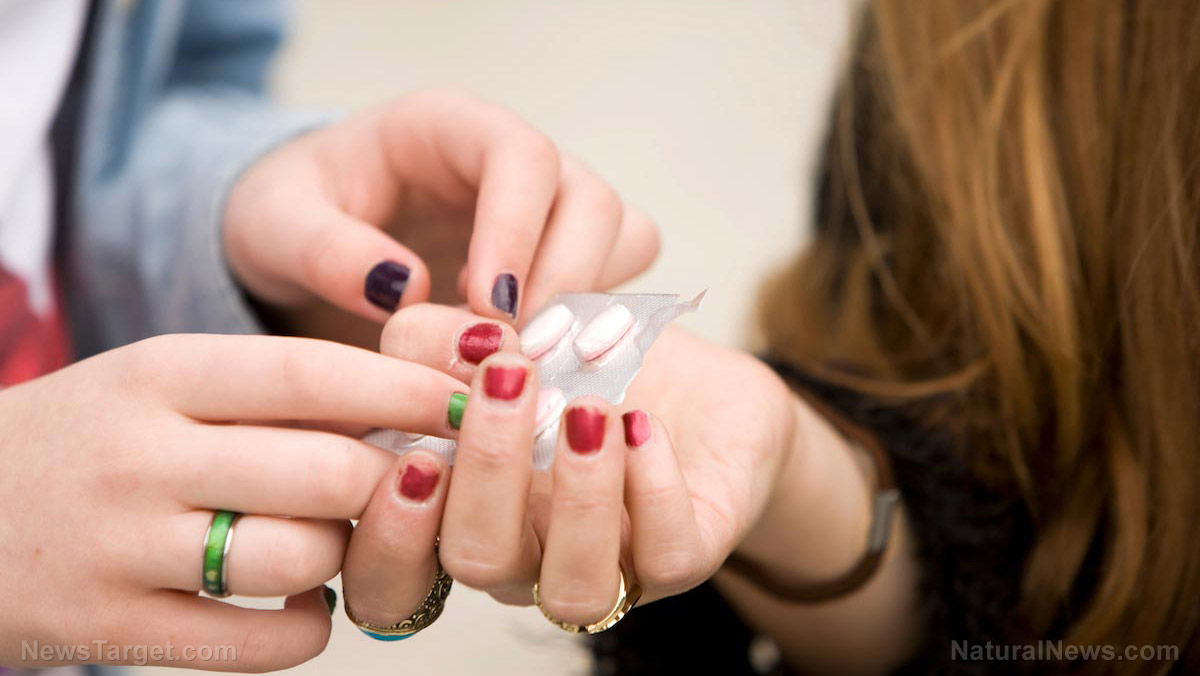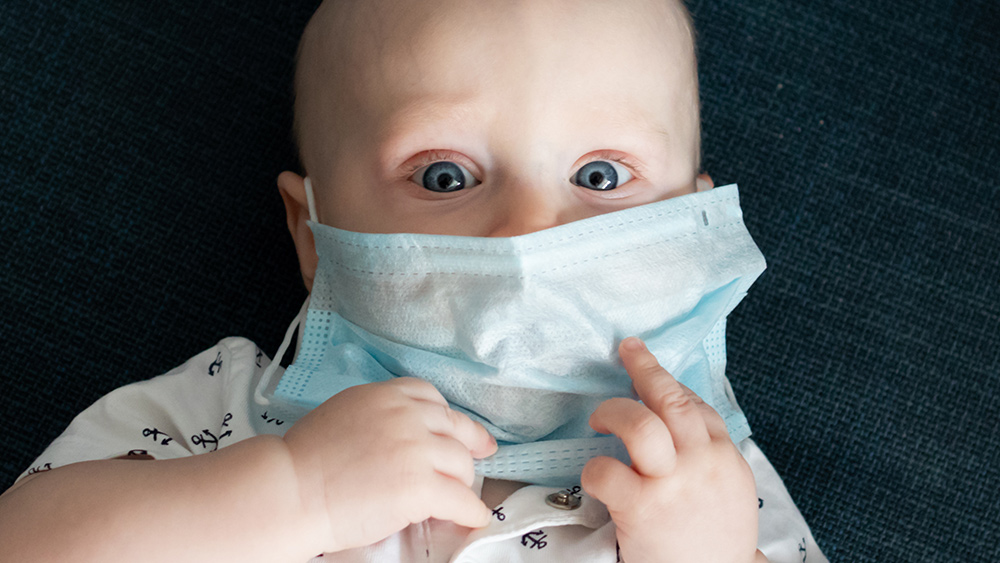How a piece of cardboard helped save this baby’s life
08/08/2016 / By Greg White
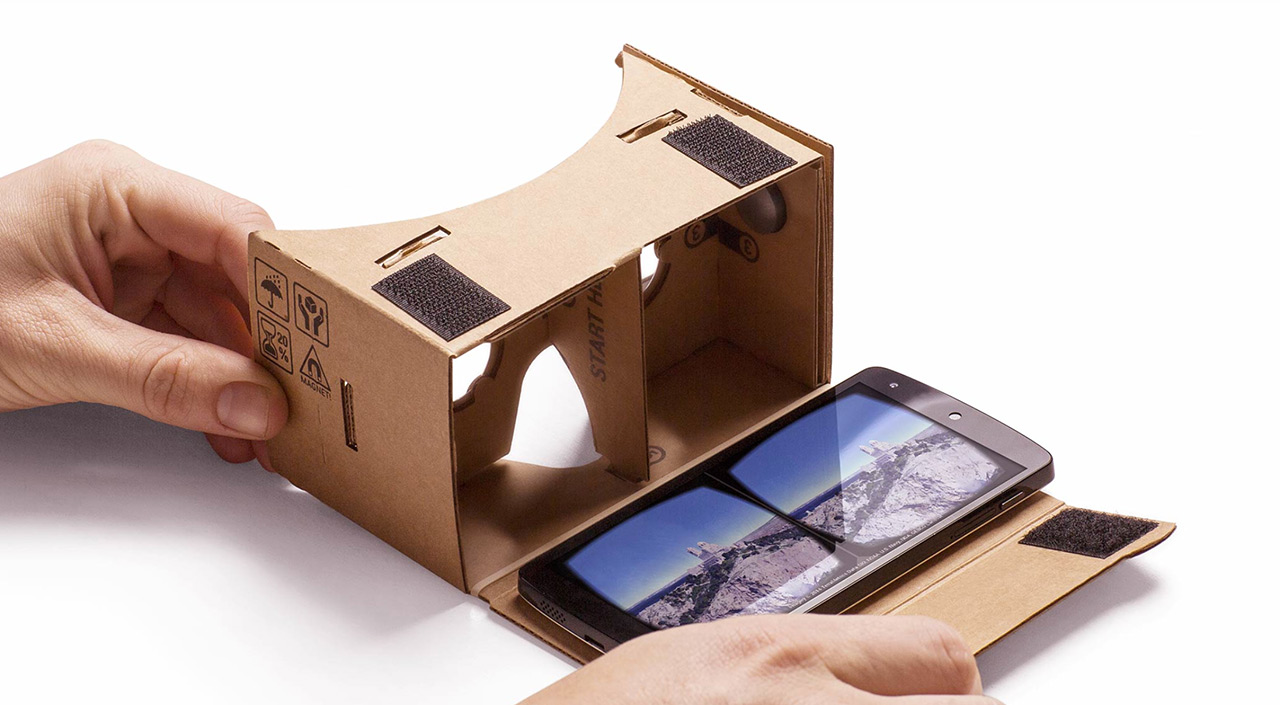
A toy-like cardboard device that sells for less than $20 helped saved a baby’s life, who was so sick that doctors advised her parents to take her home to die.
The contraption, Google Cardboard, resembles a set of big square goggles. If you stick your iPhone inside along with the correct app, you can see pictures in three-dimensional virtual reality.
Teegan Lexcen was born last August missing a lung and the left half of her heart. Doctors in Minnesota, where the baby was born, told her parents, Cassidy and Chad Lexcen, that nothing could be done to help the newborn, and that she would almost certainty die.(1)
Following doctors orders, they sent the baby home with medications and a hospice nurse, to make her as comfortable as possible. To the parents’ surprise, however, the baby girl was still alive two months later, which made them question whether the doctors were right.
Cassidy and Chad sought a second opinion. They sent pictures of Teegan’s heart and her medical records to Dr. Redmond Burke, the chief of cardiovascular surgery at Nicklaus Children’s Hospital in Miami, who is regarded as one of the world’s most innovative pediatric surgeons alive today.(1)
A race against the clock
The family knew they were in a race against the clock. The baby’s twin sister, Riley, was growing fast while Teegan remained small. Cassidy and Chad met with Burke to discuss possible surgery options, but no definite plan was made.
Burke explained to CNN that he requested Juan Carlos Muniz, a pediatric cardiologist who specializes in imaging, to create a 3-D model of Teegan’s heart. Unfortunately, Muniz’s 3-D printer was broken.
Muniz had to conjure an alternative option that worked better. He talked with Dr. David Ezon, a pediatric cardiologist at the University of Pittsburgh Medical Center, about using virtual reality for children’s hearts.(1)

That idea provoked Muniz to buy a Google Cardboard. With the use of an app dubbed Sketchfab, Muniz downloaded images of Teegan’s heart onto his phone, and displayed them to Burke. The goggles enabled the doctors to see the heart from every angle and even catch a glimpse of its internal structure. By looking through the Google Cardboard, Burke envisioned what could be done to correct Teegan’s heart.
The doctors were trying to find a way to get to her heart, which was displaced abnormally far on the left side of her chest, during a seven hour surgery on December 10 at a Miami hospital. Burke worried he would have to make a mid-line incision and a cut from the center of her chest to the left side. He didn’t know if she would survive the surgery.(1)
“She was dwindling away. She’d been slowly dying for three months,” told CNN.(2)
Reinventing heart surgery
Fortunately, the virtual images of the heart provided by Google Cardboard helped Burke figure out how to perform a normal mid-line incision without the additional cut. But the benefits of the device didn’t end there.
A normal heart has two ventricles: the right ventricle supplies blood to the lungs, and the left ventricle supplies blood to the rest of the body. Teegan’s heart, however, only had one right ventricle. For her, the right ventricle was doing the work of both ventricles and wouldn’t last much longer.
“The right ventricle is the wimpier, weaker ventricle, and if ventricles could talk, it would say ‘I can’t do this. I’m not designed for this job,” Burke told sources.(2)
“The typical surgeries on children with only one ventricle wouldn’t work on Teegan because of her defects and anatomy,” he added.(2)
Google Cardboard came to the rescue once again by helping Burke invent a new surgery just for Teegan’s heart. He rerouted one ventricle so that it could do the work of two, which could only have been achieved from the images Google Cardboard provided. During the surgery, Burke was pleased to see that Teegan’s heart perfectly mirrored the Google Cardboard image.
“It was mind-blowing,” Cassidy said to CNN. “To see this little cardboard box and a phone, and to think this is what saved our daughter’s life.” Teegan is expected to return home and make a full recovery.(1,2)
Sources include:
(1) DailyMail.Co.Uk
(2) CNN.com
Submit a correction >>
Tagged Under:
doctors, Google Cardboard, heart surgery, Teegan Lexcen
This article may contain statements that reflect the opinion of the author







